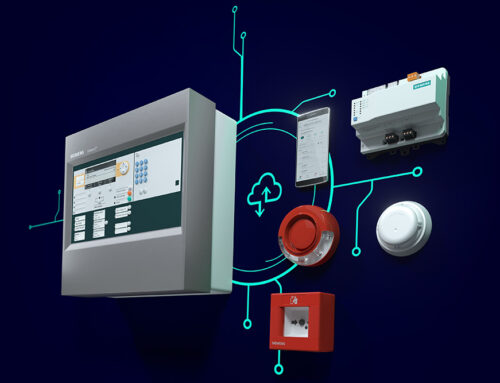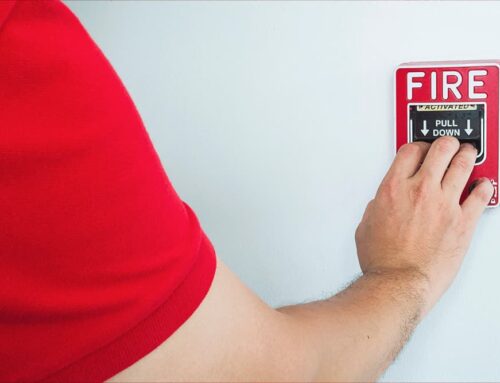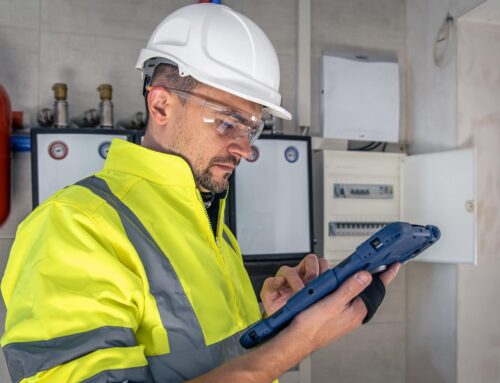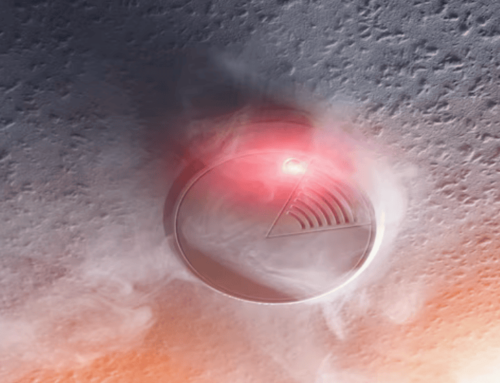Listings in this category include alarm service companies that are authorized to issue UL Certificates for Local, Auxiliary, Remote Station or Proprietary fire alarm systems or Emergency Voice/Alarm Communication Systems, Signal and Fire Alarm Equipment and Services. These types of systems are covered by the National Fire Protection Association National Fire Alarm Code, NFPA 72.
An alarm system is considered to be Listed only if it is covered by a current Certificate. UL’s inspection program, which involves a periodic audit of an alarm service company’s certification practices, is extended to only those systems that are covered by an active unexpired Certificate. An alarm service company is not obligated to issue UL certificates on all of its systems. Systems which are not covered by a Certificate are not required by UL to comply with UL’s requirements for certification.
The Certificate provides a means of identifying compliance with a specific edition of a NFPA Standard, the coverage provided by the installation of automatic fire detection equipment, manual fire alarm equipment, sprinkler supervisory equipment or guard tour supervisory equipment as shown on the Certificate.
The extent of coverage for automatic fire detection service is defined as “Total” , “Selected Area” or “Partial” . “Total” protection signifies that the installation of such equipment is in full compliance with the appropriate NFPA Standard with respect to the number of devices installed. “Selected Area” is the same as Total coverage, but applies only to a specified area(s) of the protected property. “Partial” protection signifies that less than the recommended number of devices needed for Total coverage are installed. There is a space on the Certificate to identify those locations that are not fully protected.
The limits of coverage, as determined by response time for service and maintenance, are based on identification of a service territory through the use of United States Post Office zip codes. An alarm service company selects those zip codes (areas) it will serve, as verified through periodic audits of its response capability by UL. The area coverage is defined by five digit or nine digit zip codes, or some of each. A response area need not include all zip codes within the general area. A zip code shall be for the physical address of a Certificated installation.
UL maintains a Certificate Verification Service (ULCVS) that allows authorized Authorities Having Jurisdiction (AHJ) to verify up-to-date Certificate information and identify companies eligible to issue Certificates as of the date of the inquiry. Only those alarm or signal system installations for which a Certificate has been properly issued are covered under UL’s Certificate Service. The verification of a Certificate on ULCVS is the only method UL provides to identify the Certificated alarm systems actively covered under its Listing and Follow-Up Service. Information on the Certificate includes the name and address of the installed system, the extent and type of system, the NFPA Standards that apply, the alarm transmission means, issued and expiration dates, and the alarm service company. Each Certificate also bears a unique serial number.
The Certificate is evidence that the installing company (1) is listed as furnishing protective signaling service; (2) is authorized to issue the Certificate for the installation as its representation that the equipment is in compliance with requirements established by the National Fire Alarm Code, NFPA 72 or the NFPA 72 Standards that preceded the National Fire Alarm Code; and (3) is subject to UL’s field counter check program whereby periodic inspections are made of representative installations to check the correctness of certification practices.
The Certificate is intended to provide an Authority Having Jurisdiction (AHJ) with basic information on the installation and maintenance of an alarm system including the extent to which the system complies with the specific NFPA Standard referenced on the Certificate as permitted by the AHJ.
Inspections and tests of representative installations in the field are made to determine the correctness of installation of protective devices and wiring, quality of workmanship, operability of circuits, maintenance and extent of protection indicated.
The alarm service company issuing a Certificate bears the responsibility for the correctness of the installation, maintenance of required system documentation, periodic system testing and system repair and maintenance service. All required service is to be provided for in an appropriate contract between the alarm service company and the subscriber.
System documentation required to be maintained by the alarm service company for a certificated system includes “As Built (Record) Drawings,” and records showing the “Initial Acceptance Test” and any “Re-Acceptance Tests,” , periodic equipment and circuit tests and system service calls and maintenance.
If an alarm service company has had remote service centers checked by UL, these particular locations are identified in the Listing.
UL makes no representations or warranties, expressed or implied, that the alarm system will prevent any loss by fire, smoke, water damage or otherwise or that the system will in all cases provide the protection for which it is installed or intended. UL may at times conduct inspections of the alarm service company, including inspections of representative installations made by it. UL does not assume or undertake to discharge any liability of the alarm service company or any other party.
UL is not an insurer and assumes no liability which may result directly or indirectly from inspection of the equipment, failure of the equipment, failure to conduct inspections, incorrect Certification, nonconformity with requirements, failure to discover nonconformity with requirements, cancellation of the Certificate, or withdrawal of the alarm service company from inclusion in UL’s Directory prior to the expiration date appearing on the Certificate. If an installation is found not in conformity with requirements, it shall be corrected or the certificate is subject to cancellation.
The Standards used for system certification in this category are:
NFPA 72 — National Fire Alarm Code
NFPA 72 Standards that preceded the National Fire Alarm Code may be used for the Certification of a system.
UL Solutions, in performing its functions in accordance with its objectives, does not assume or undertake to discharge any responsibility of the manufacturer or any other party. UL Solutions shall not incur any obligation or liability for any loss, expense or damages, including incidental or consequential damages, arising out of or in connection with the use, interpretation of, or reliance upon this Guide Information.
















